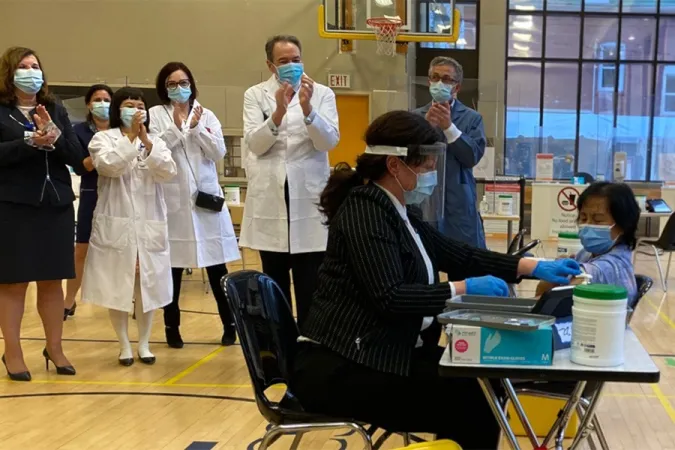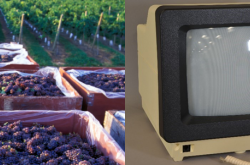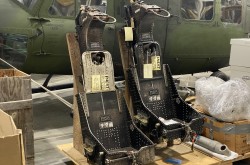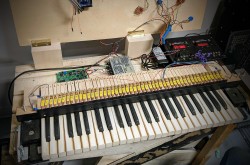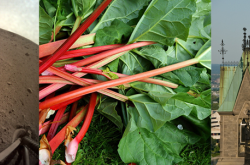Tech tales: Capturing the stories behind Canada’s COVID-19 vaccine rollout

When the average person receives a dose of the COVID-19 vaccine, it’s quite possible that they won’t comprehend the chain of events that have brought the vaccine right to them.
Canada’s COVID-19 vaccine rollout is on a scale that is difficult to imagine, particularly considering we were not even sure we would have a vaccine for years. As a summer student at Ingenium – Canada’s Museums of Science and Innovation in Ottawa, I had the opportunity to assist with an initiative called Curating Under Quarantine. Developed by Ingenium’s curatorial team, this multi-project initiative was created as a response to the COVID-19 pandemic — and the realization that we are living through a key event in history.
My work focused on an oral history project, focused on the COVID-19 vaccine rollout in Canada. Over the course of four months, I listened to doctors, scientists, provincial health officers, researchers, public health officials, Canadian Armed Forces members, and private business owners. By listening, I have learned just what it has taken to get us to this point. What stands out most are the technological stories — if not marvels — that have lined the path to vaccines for all Canadians who want them.

A revolutionary vaccine technology
The response to COVID-19 has been a rapid marshalling of global resources to produce a vaccine. Several candidates have made it through rigorous trialling and approval processes. However, two vaccines use a type of technology which is different from the others. The mRNA (or messenger RNA) vaccines made by Pfizer BioNTech and Moderna utilize a delivery system called lipid nanoparticle technology to deliver a piece of RNA to our cells. The lipid nanoparticle protects the mRNA on entry into the cell, ensuring its safe passage and arrival at destination. The mRNA provokes the cell to produce its own version of the spike protein, which is then destroyed by our immune system. This form of vaccine technology is revolutionary. Although mRNA and lipid nanoparticles have been studied for decades, the ability to rapidly produce billions of vaccines based on this form of scientific innovation means that the landscape of vaccine production may well be changed forever. The COVID-19 mRNA vaccines give us a window into a field of work that has been underway for many years.
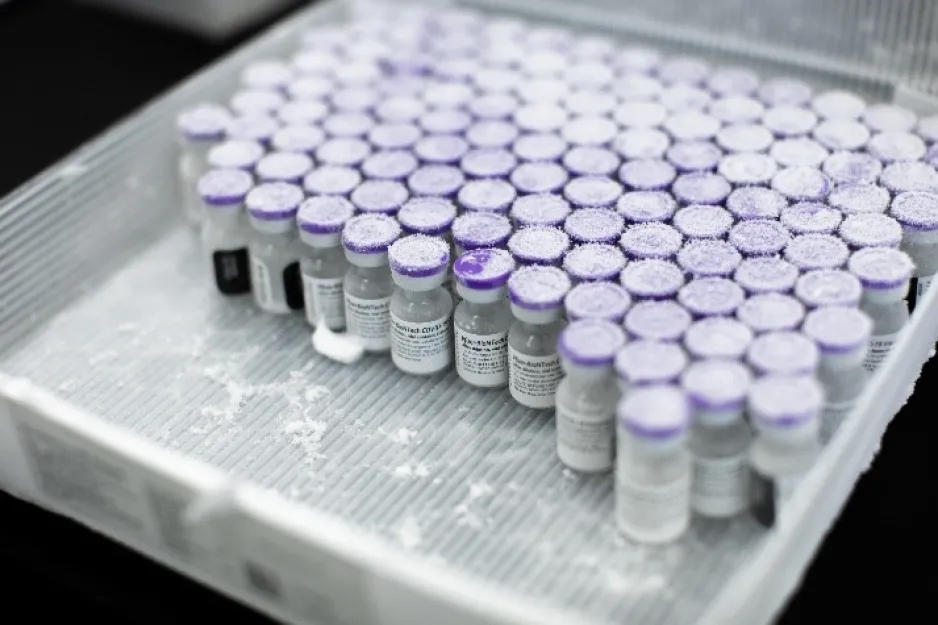
Navigating logistical challenges
Another technological story that may seem more tangible is the use of Ultra Low Freezers, Credo Cubes, thermoshippers, and dry ice to store and transport the mRNA vaccines safely. There is an incredible logistical challenge of ensuring that the precious vaccines do not fluctuate in temperature while they are moved across Canada and stored in clinics, waiting for their turn to be utilized. Meticulous planning, and training of staff to monitor and use the cold-chain technologies, has been key to a successful rollout. When you consider the vast area of Canada, the needs of many remote and northern communities, and the fact that the rollout spanned some of the deepest winter months, the success seems even more notable.
Making virtual connections
The final technological story relates to something we all have at our fingertips: our computers and the internet. Videoconferencing has allowed public health officials, scientists, doctors and industry leaders to work together on complex issues. They have been protected from infection transmission by being able to work remotely. They have also been able to collaborate nationally and internationally on a rapidly evolving situation, where timeliness is of utmost importance. Another unexpected use of this technology has been the use of social media platforms to provide an accessible place for people to communicate with healthcare professionals, and get answers to their questions. There have also been social media campaigns, such as This is Our Shot, which have aimed to provide knowledge and encourage people to get vaccinated. Countering misinformation has been vital during the rollout, as people grapple with scientific ideas that they are not normally confronted with.
Ingenium’s COVID-19 Vaccine Rollout Oral History Project is an important and necessary documentation effort. The oral histories produced through this project will be stored at Ingenium as an archive of this moment in time and will inform future collecting, research efforts, and potential exhibitions.
Go further
Read more about the cold-chain process for COVID-19 vaccines in this Government of Canada document for immunization providers.
Read more about the This is Our Shot campaign.
Enjoying the Ingenium Channel? Help us improve your experience with a short survey!


